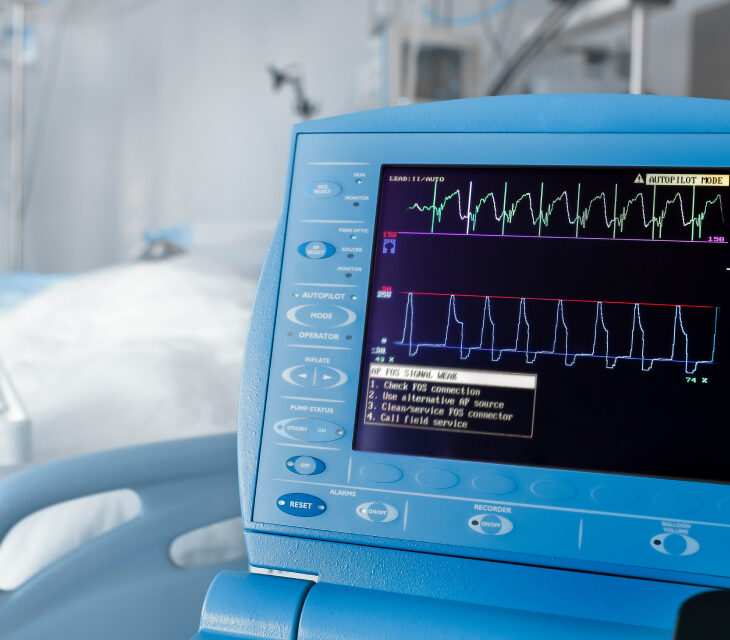MHRA: IMDRF’s Latest Guidance on AI and Medical Device Software
The International Medical Device Regulators Forum (IMDRF) has released two significant guidance documents in 2025, aimed at improving the safety, effectiveness, and regulatory alignment of AI-driven medical devices and software as a medical device (SaMD). These documents provide a framework for ensuring best practices in AI-based medical devices and systematic risk assessment for medical software.

1. Good Machine Learning Practice (GMLP) for Medical Devices (N88, 2025)
Artificial Intelligence (AI) and Machine Learning (ML) are transforming healthcare, but their iterative nature and data dependency introduce unique regulatory challenges. The IMDRF GMLP (N88, 2025) document establishes 10 guiding principles to ensure AI-powered medical devices remain safe, effective, and clinically relevant throughout their lifecycle.
Key Principles of GMLP
- Clearly defined intended use: AI models must have a well-documented intended use that aligns with regulatory requirements.
- Robust software engineering & cybersecurity: Strong security, risk management, and software quality assurance practices are essential.
- Representative & bias-free clinical data: AI models should be trained on diverse datasets to prevent biases and improve real-world performance.
- Human-AI interaction considerations: AI should assist, not replace, healthcare professionals-ensuring users understand the system’s limitations.
- Continuous post-market monitoring: AI models must be monitored for performance degradation, biases, and unexpected risks after deployment.
This global regulatory framework encourages standardized AI best practices, ensuring AI-enhanced medical devices are both trustworthy and effective.
Characterization Considerations for Medical Device Software & Software-Specific Risk (N81, 2025)
Software plays an increasingly critical role in medical devices, requiring clear characterization and risk assessment. The IMDRF SaMD WG/N81 (2025) document provides a structured approach to classifying, characterizing, and managing risks in medical device software.
Key aspects of software risk characterization
- Comprehensive device description: Manufacturers must define the intended use, clinical context, and technical specifications of medical software.
- Risk-based classification: Software is categorized based on potential patient harm, considering data integrity, system reliability, and cybersecurity threats.
- Software-specific risk factors: Risks include misinterpretation of outputs, system errors, AI biases, and cybersecurity vulnerabilities.
- Post-Market Surveillance & change management: Continuous monitoring is required to track software updates, identify risks, and ensure compliance.
By aligning with these principles, software developers and regulators can systematically assess the risks associated with medical software, ensuring patient safety and regulatory compliance.
IMDRF Guidelines Significance
With the rise of AI-powered diagnostics, digital therapeutics, and medical decision-support systems, global regulators are tightening compliance requirements. These IMDRF guidance documents provide a clear regulatory roadmap to:
- Ensure patient safety through transparent AI development and software risk management.
- Simplify regulatory approvals by aligning with international best practices.
- Encourage responsible innovation in AI-driven and software-based healthcare technologies.
By adopting Good Machine Learning Practice (GMLP) principles and the Software Risk Characterization framework, manufacturers, developers, and regulators can create safer, more effective digital health solutions while keeping pace with evolving regulatory expectations.
Next Steps
- For AI & SaMD Developers: Implement GMLP and software risk characterization to ensure compliance and transparency.
- For Regulators: Use these standardized frameworks to harmonize global oversight of AI and medical software.
- For Healthcare Providers & Patients: Understand the risks and limitations of AI-powered medical devices for informed decision-making.
As AI and software-driven healthcare continue to evolve, these IMDRF guidelines will play a crucial role in shaping the future of medical technology regulation.
Visit the IMDRF Library: IMDRF Technical Documents